 |
| Conversion of CCCT on rice-growing land must be in accordance with planning. |
On February 29, the Provincial People's Committee announced that it had just issued a plan to convert CCCT on rice-growing land in 2024.
Accordingly, the plan clearly states that the principles of converting CCCT on rice land must be consistent with the planning and conversion plan approved by competent authorities.
Conversion must not lose the suitable factors for rice cultivation, when necessary, it is possible to return to rice cultivation without having to invest heavily. Converted crops must have a consumer market, have competitive advantages and higher economic efficiency than rice cultivation. Conversion must be suitable for the current status of local traffic and irrigation, limit large investments and be associated with new rural construction.
Specifically, the total number of crops on rice-growing land in the whole province in 2024 is 268.4 hectares, of which 2 rice crops are 133.9 hectares and 1 rice crop is 131.5 hectares.
The Department of Agriculture and Rural Development and localities guide and inspect the implementation of CCCT conversion on rice-growing land in accordance with regulations and effectively. Propagate to raise awareness among producers and the community about the economic efficiency of conversion. Report to the Provincial People's Committee and the Ministry of Agriculture and Rural Development on the results of CCCT conversion on rice-growing land in 2024.
Localities register plans to convert CCCT on rice-growing land in 2025 according to the form in Appendix X issued with Decree No. 94/2019/ND-CP dated December 13, 2019 of the Government detailing a number of articles of the Law on Cultivation on Plant Varieties and Cultivation, before November 20, 2024.
According to the Provincial People's Committee, the conversion of CCCT on rice-growing land aims to meet land requirements for the goals and tasks of socio-economic development, national defense and security in the new situation. Use land rationally, economically and effectively, maintain a reasonable rice-growing land fund to ensure food security.
At the same time, it contributes to protecting the ecological environment, sustainable development, proactively responding to climate change and rising sea levels that are becoming increasingly complex and unpredictable, and improving the capacity of state management of agricultural land.
Source


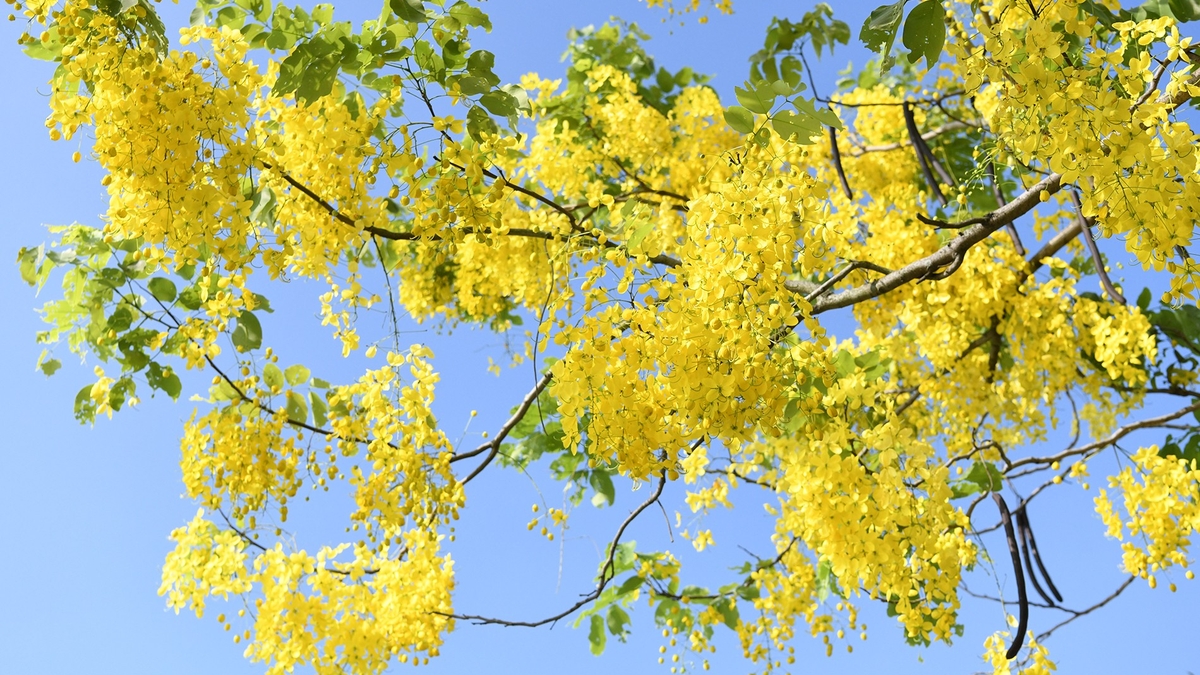


![[Photo] Prime Minister Pham Minh Chinh meets with Hungarian President Sulyok Tamas](https://vphoto.vietnam.vn/thumb/1200x675/vietnam/resource/IMAGE/2025/5/29/dbcaa73e92ea4448a03fe1d0de6d68e8)

![[Photo] Vietnamese and Hungarian leaders attend the opening of the exhibition by photographer Bozoky Dezso](https://vphoto.vietnam.vn/thumb/1200x675/vietnam/resource/IMAGE/2025/5/29/94d8ceca5db14af3bf31285551ae4bb3)

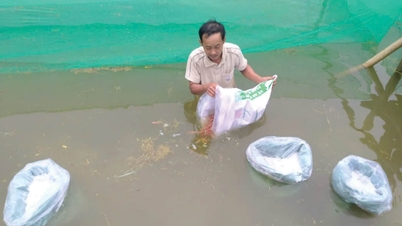


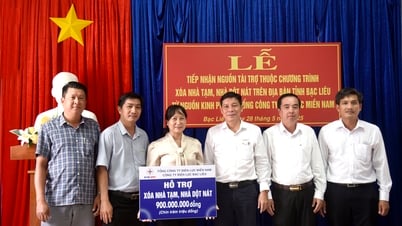

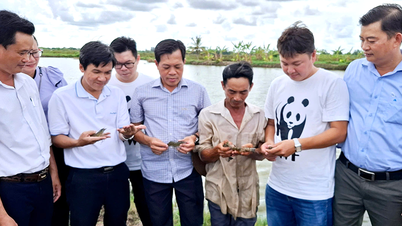










![[Photo] Prime Minister Pham Minh Chinh receives a bipartisan delegation of US House of Representatives](https://vphoto.vietnam.vn/thumb/1200x675/vietnam/resource/IMAGE/2025/5/28/468e61546b664d3f98dc75f6a3c2c880)


























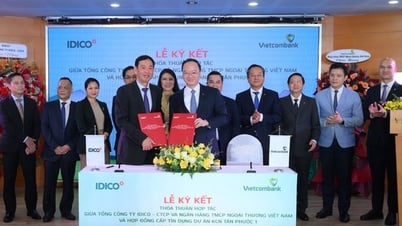










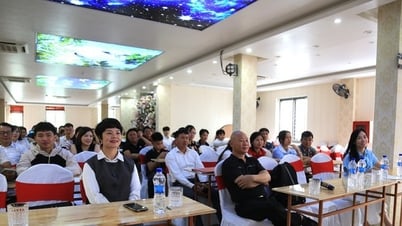





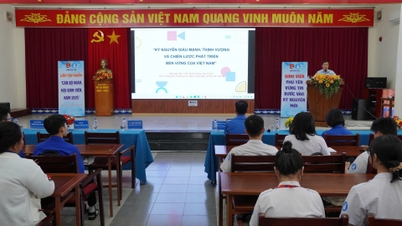


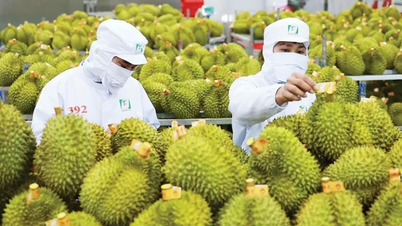











Comment (0)